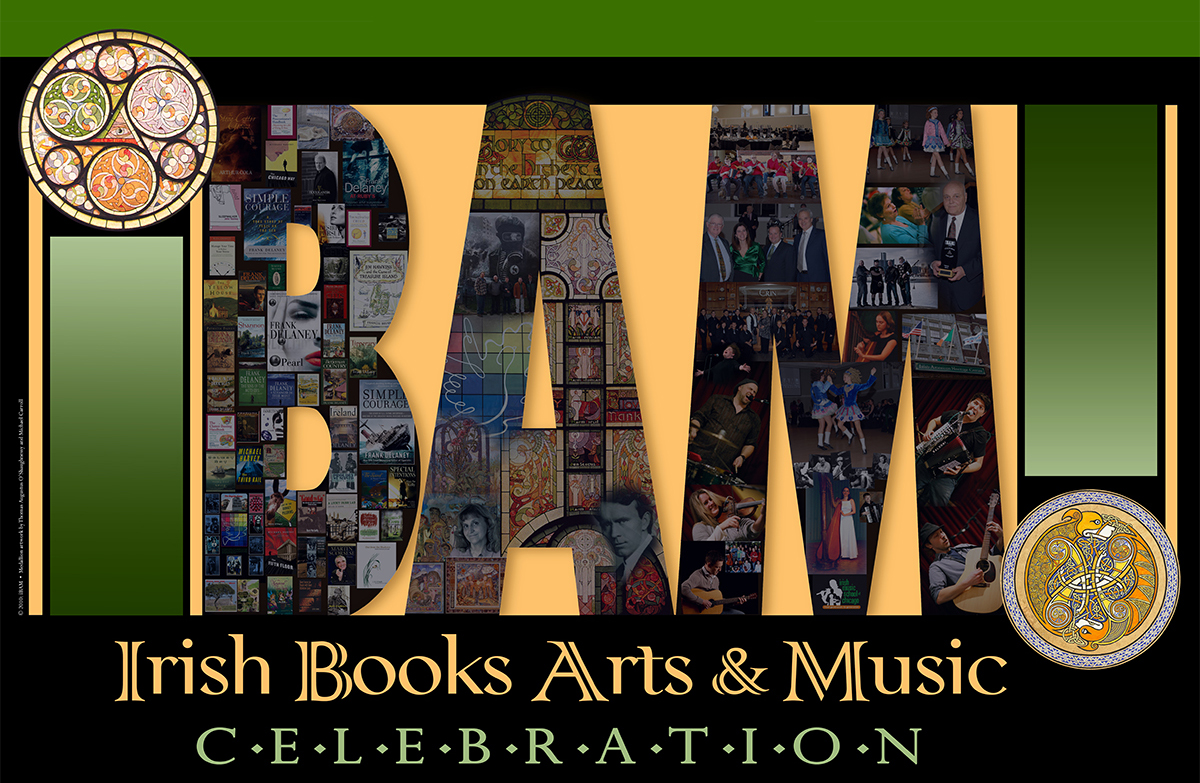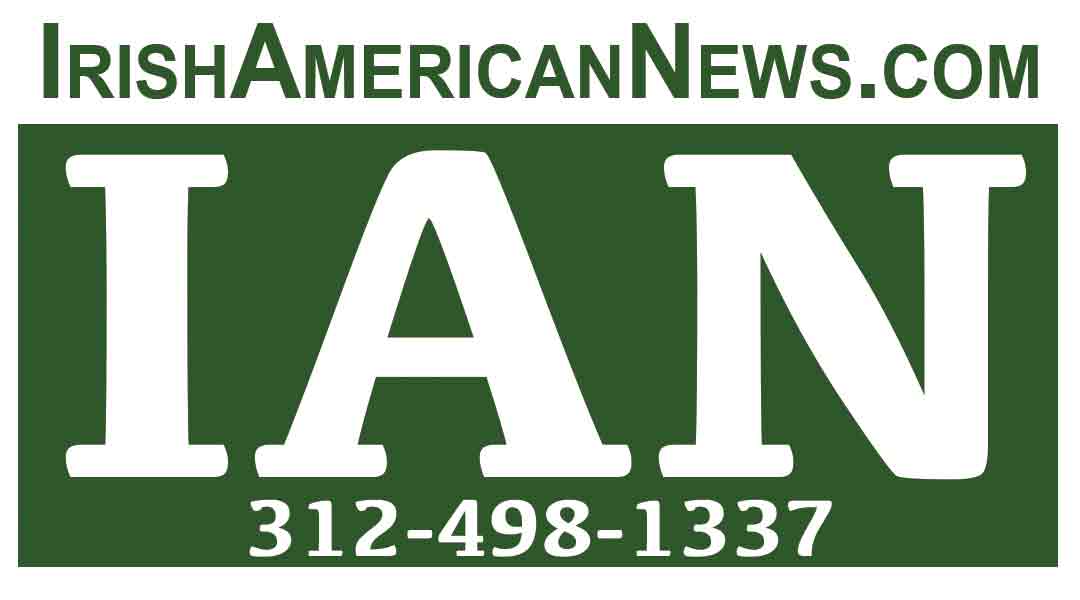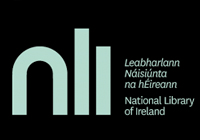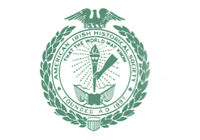Synopsis
At age eighty-two and in failing health, Olivia Morrow knows she has little time left. The last of her line, she faces a momentous choice: expose a long-held family secret, or take it with her to her grave.
Olivia has in her possession letters from her deceased cousin Catherine, a nun, now being considered for beatification by the Catholic Church—the final step before sainthood. In her lifetime, Sister Catherine had founded seven hospitals for disabled children. Now the cure of a four-year-old boy dying of brain cancer is being attributed to her. After his case was pronounced medically hopeless, the boy’s desperate mother had organized a prayer crusade to Sister Catherine, leading to his miraculous recovery.
The letters Olivia holds are the evidence that Catherine gave birth at age seventeen to a child, a son, and gave him up for adoption. Olivia knows the identity of the young man who fathered Catherine’s child: Alex Gannon, who went on to become a world-famous doctor, scientist, and inventor holding medical patents.
Now, two generations later, thirty-one-year-old pediatrician Dr. Monica Farrell, Catherine’s granddaughter, stands as the rightful heir to what remains of the family fortune. But in telling Monica who she really is, Olivia would have to betray Catherine’s wishes and reveal the story behind Monica’s ancestry.
The Gannon fortune is being squandered by Alex’s nephews Greg and Peter Gannon, and other board members of the Gannon Foundation, who camouflage their profligate lifestyles with philanthropy.
Now their carefully constructed image is cracking. Greg, a prominent financier, is under criminal investigation, and Peter, a Broadway producer, is a
suspect in the murder of a young woman who has been extorting money from him.
The only people aware of Olivia’s impending choice are those exploiting the Gannon inheritance. To silence Olivia and prevent Monica from learning the secret, some of them will stop at nothing—even murder.
Clark’s riveting new novel explores the juxtaposition of medical science and religious faith, and the search for identity by the daughter of a man adopted at birth.Author
Mary Higgins Clark's books are world-wide bestsellers. In the U.S. alone, her books have sold over one hundred million copies.
She is the author of twenty-eight previous suspense novels. Her first book, a biographical novel about George Washington, was re-issued with the title, Mount Vernon Love Story, in June 2002. Her memoir, Kitchen Privileges, was published by Simon & Schuster in November 2002. Her first children's book, Ghost Ship, illustrated by Wendell Minor, was published in April 2007 as a Paula Wiseman Book/Simon & Schuster Books for Young Readers.
She is co-author, with her daughter Carol Higgins Clark, of five holiday suspense novels Deck the Halls (2000), He Sees You When You're Sleeping (2001), The Christmas Thief (2004), Santa Cruise (2006), and Dashing through the Snow (2008).
Mary Higgins Clark was chosen by Mystery Writers of America as Grand Master of the 2000 Edgar Awards. An annual Mary Higgins Clark Award sponsored by Simon & Schuster, to be given to authors of suspense fiction writing in the Mary Higgins Clark tradition, was launched by Mystery Writers of America during Edgars week in April 2001. She was the 1987 president of Mystery Writers of America and, for many years, served on their Board of Directors. In May 1988, she was Chairman of the International Crime Congress.
Sidebar
Magazine menu

 The irish Book Club
Find your New Favorite Book Here!
The irish Book Club
Find your New Favorite Book Here!
26
Fri, Apr






